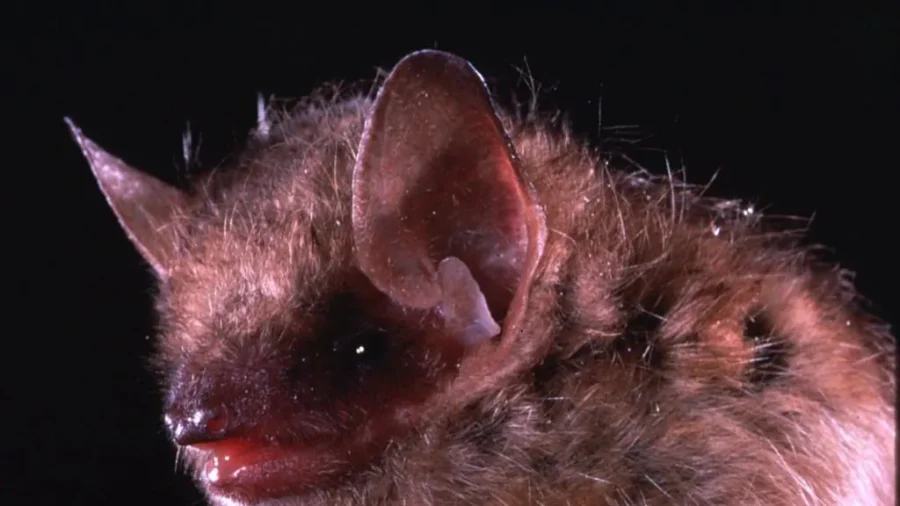A 65-year-old resident died of rabies after being exposed to a bat two months earlier, according to the Minnesota Department of Health (MDH).
The individual had exposure to a bat in western Minnesota in July, said the Sept. 27 press release, adding that this was the fourth case of human rabies in the state since 2000. The rabies diagnosis was confirmed by the Centers for Disease Control and Prevention (CDC) on Sept. 20. Although the state reported the death as “rare,” health officials said that “this case is an important reminder that bats in Minnesota can have rabies and that the public should avoid contact with bats.”
The state said there was no risk to the public from the recently deceased patient.
Regarding safety precautions, the health department advised people who have come into physical contact with a bat or find a bat in the room with another person, the mammal should be captured and submitted for rabies testing. This is crucial because a bat’s small bites cannot be easily noticed.
“If left untreated, rabies is almost always fatal,” said the MDH.
“Rabies treatment has proven to be nearly 100 percent effective at preventing the disease after an exposure, but it must be started before symptoms of rabies appear. That is why health officials are stressing the importance of recognizing potential exposures to bats and taking appropriate actions in a timely manner.”
People exposed to rabies are given an injection of rabies immune globulin, and four doses of rabies vaccine over a two-week period. The state veterinarian also advised people on getting their pets immunized against the viral infection.
According to Minnesota’s Department of Natural Resources, the most common species of bat in the state is the Big Brown Bat. They are common in urban areas, and found roosting in buildings, barns, and bridges. Besides this, the state has the Little Brown Myotis, Northern Long-eared Bat, Tri-colored Bat, Eastern Red Bat, Hoary Bat, Silver-haired Bat, and the Evening Bat.
Rabies in United States
Typically, fewer than 10 people die from rabies in the United States each year, according to the CDC. Seven out of 10 are attributed to bats, said the MDH.
Although rabies infection is “uncommon in humans,” 75 percent of Americans live in a community where raccoons, skunks, or foxes carry the deadly disease, said the CDC.
There are about 4,000 animal rabies cases reported annually, with almost all cases occurring in bats, raccoons, skunks, and foxes. Rabid bats have been found in all U.S. states, except for Hawaii, said the agency.
Veterinarians vaccinate more than 40 million cats and dogs each year, and more than 8 million oral vaccines are distributed to wild animals.
The most effective way to avoid getting infected with rabies in the United States is to stay away from wildlife, especially injured animals, according to the CDC.
In other countries, people most commonly get rabies through dog bites.
The rabies virus gets into the body of the individual through the saliva of the infected animal. After moving gradually through the central nervous system, it reaches the brain where the damage causes neurological symptoms, leading to coma and death, according to the CDC.
Fever, feeling tired, itching at the wound site, cough, nausea and diarrhea are among initial symptoms. Acute symptoms include aggression in the individual, hallucinations, muscle twitching, excessive salivation, facial paralysis, fear of water or drinking, hyperventilation, strange sensations, paralysis or coma.
From The Epoch Times

